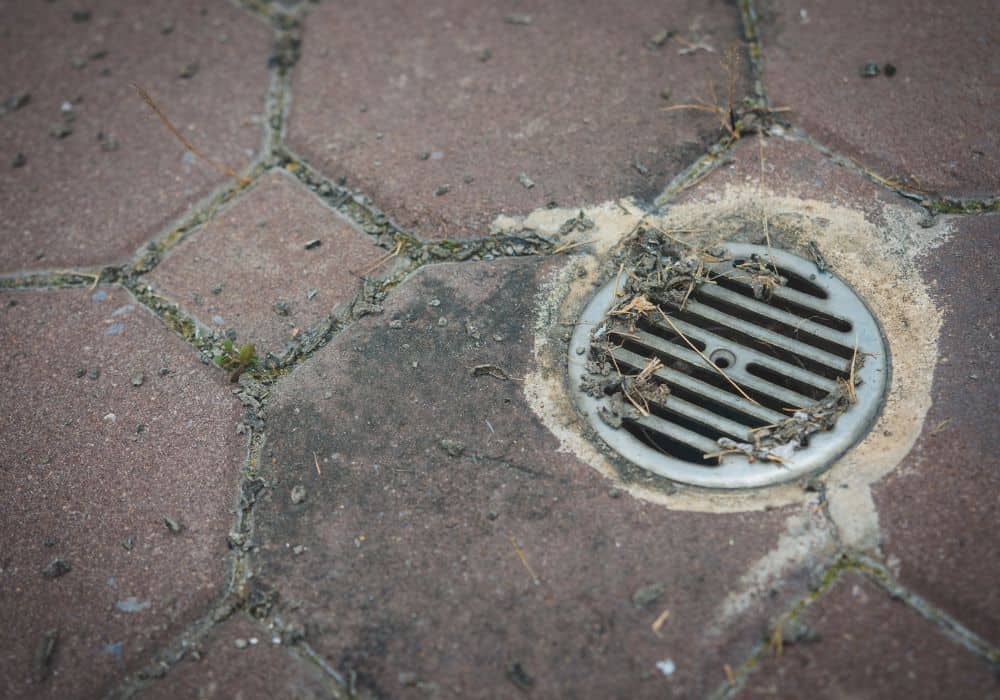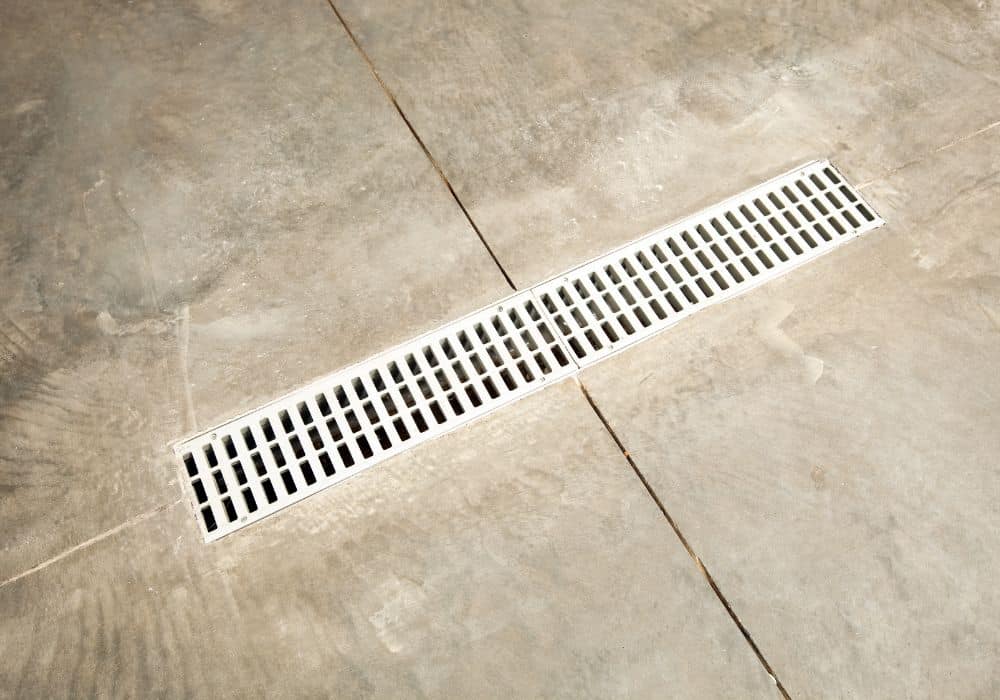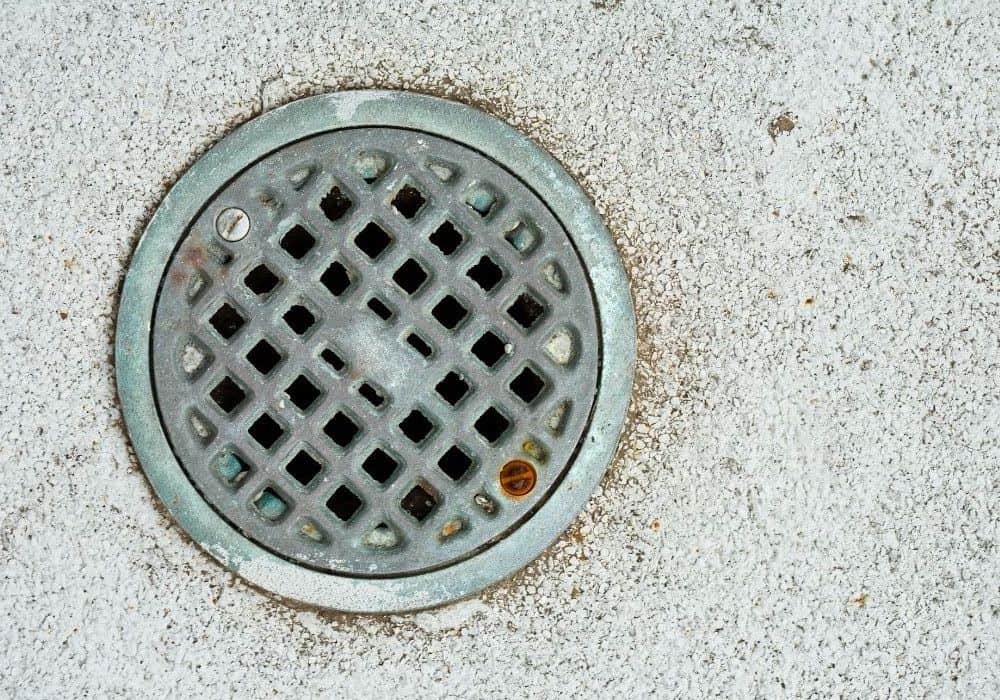From storing your treasured vehicle to providing extra space, a garage is definitely an essential part of a home. And if you’re planning to build one, then you need to be fully prepared. There are several things to consider, from the design to the materials. A key section of a garage is none other than the floor drain.
Therefore, it’s imperative that you understand the different types of garage floor drains to properly choose the correct material for your home. But before we get into that, let’s first discuss what a garage floor drain is.
Table of Contents
What is the importance of a garage drain?
Garage floor drains may appear to be a minor part of your household. However, you’d be surprised how this small section makes a vast difference in your everyday life. A garage floor drain is actually the working force behind efficient water removal from the garage.
It manages the water that drips from your garage and into the floor, draining them seamlessly to avoid the accumulation of dirt on the driveway. And if a drain has a trap, it can effectively obtain and separate liquids like paint and oil.
Accordingly, adding a garage floor drain serves as a preventive measure to avoid damage to tools within the garage as well as ensure sanitary practices for your family. And if you’ve decided to install a garage floor drain, the next step would be choosing the appropriate type for your needs.
Fret not because we will expound the main types according to their functionality and other key factors like physical features and price level. Through this, you get a better grasp of their similarities and differences.
What are the main types of garage floor drains?
Generally, there are two primary garage floor drains―a trench and a square bell trap. Each comes with certain characteristics that make them distinct from one others. So, it’s crucial to be able to distinguish them for you to be able to make the right decision.
1. Trench garage floor drains
Physical characteristics
Trench garage floor drains follow a structure like that of a trench, hence the name. This elongated system empties out a pool of water from a certain area into the drainage system and into the sewage channel or perhaps a septic tank.
Often than not, it comes with a galvanized grate or cover for sanitary purposes. The grate is also useful to prevent debris and dirt from entering into the drainage, causing a blockage in the system. Moreover, you may use the cover to keep unpleasant smells from seeping into the garage.
Furthermore, trench drains come in various sections that can be easily linked to one another. Depending on the product, the size ranges from 5 inches to 12 inches. Therefore, you need to choose the correct size that fits perfectly into the hole in the garage.
The design and style may also vary according to the materials used. Some of the most common options are made of steel, cast iron, metal, fiberglass, or polymer concrete. These components are known to be very durable with low porosity.
Unique features
It’s very easy to determine trench floor drains because of their shape―a rectangular outline that is typically positioned along the edge of your garage or near the garage doors. Placing the trench drain in the right location makes it very efficient in removing the fluids that are gathered on the floor.
On top of that, this particular floor drain is the best option to protect the garage from water damage, either from the inside or from the outside. Therefore, this is highly recommended if your garage is loaded with valuable resources like cars and other hardware tools.
Price level
Because of its remarkable characteristics, a trench drain is quite expensive. The average cost is about $30 to $150 per foot. And if you opt for high-end materials, then the price range would significantly increase. But you won’t be disappointed with the cost because it’s all worth it.
Installation
Installing a drain line from your garage and into the sewage is something that needs approval from your local municipality. Therefore, before you start digging, make sure that it is allowed. Then, accomplish all permits, requirements, and fees.
Once you have completed the first step, it’s time to find the lowest point of the garage. This is an area on the floor that drains water without pooling. Afterward, confirm with your utility company if the location does not have existing water lines.
This is another crucial process so you avoid major problems in the future. Upon confirmation, you may now dig a hole in your concrete floor. In doing so, you will need a couple of tools like a sledgehammer, mattock, shovel, work gloves, garden hose, and pry bar among others.
Subsequently, lay the pipe, following a downward slope starting from the inlet of the drain to the endpoint. Since the process itself is quite tedious, you can definitely let the expert do the labor. Hire a professional plumber to save effort and time.
2. Bell trap garage floor drains
Physical characteristics
The next type of garage floor drain is none other than a square bell trap, a particular floor drain that connects with the drain pipe and into the drainage system. Apparently, these are the most common option among homeowners because of their easy installation.
You can find them in bathrooms and even laundry sections. Because of their uses, these are readily available in most hardware stores. These generally come in various sizes, from 6 inches to 12 inches.
Moreover, you have two choices, either a round shape or a square one. Both round and square floor drains connect to the drain pipe and into the drainage system. Some bell trap drains include a removable cover for easy cleaning of the material.
Unique features
Simple installation and affordable rate―are the two distinct aspects of a bell trap. More so, bell traps are utilized to effectively trap sewer gas. In general, these are smaller in size, making them a suitable option for those with limited garage space.
However, the limitations in the size also mean that it won’t be able to drain a lot of water at once. There might be possible blockage if the area is not cleaned and maintained properly. Therefore, it’s imperative to remove any obstructions around the bell trap to maximize its function and avoid flooding.
And unlike trench drains, these are mostly made of PVC, which is still durable enough to drain water from your garage. However, if you want something that would last longer, steel might be a better choice. But of course, this would be an extra expense on your part.
Price level
Bell traps are cheaper than trench garage floor drains. The cost could be as low as $9 up to $50, depending on the material. So, if you’re tight on budget, this is the best option to save money. However, you should be wary of choosing high-quality bell traps.
It’s because there are some that may not last for years due to substandard components. So, choose wisely and pick something with durable properties.
Installation
Whether you install a square or a round floor drain, there would be less digging into the concrete garage floor. First, find and mark the center of the garage or the section where the water drains smoothly from the inside. You may also need to capitalize on the tools we mentioned earlier for digging trench drains.
Afterward, dig the section of the concrete slab following the mark you’ve created. The size of the hole would be reliant on the physical dimension of the bell trap, so make sure to determine this beforehand.
Then, position the drain carefully to ensure that discharged water flows into the pipeline. The plumbing pipe can be a P trap or an S trap.
Some key reminders before you install a garage floor drain
- While some may doubt the importance of a floor drain inside a garage, you should continue to believe in its importance, especially if you’ve got a very large garage door. Why? It’s because huge doors can be an opening for water accumulation during rains or storms.
- Without a drain, then you can expect water to pool inside your garage.
- Installing a floor drain prevents the presence of bacteria caused by water pools packed with contaminated water and possibly hazardous waste.
- The size and type of floor drain largely depend on the garage.
- Don’t forget to confirm with your local government regarding the drain construction. Complete all permits and other fees before you kick off your project. And, make sure that you also contact your utility company for approval.
- While bell trap floor drains are things that you can work all by yourself, installing trench drains might be quite challenging. So, if you want to skip the long and tedious process, you may opt to hire an expert.
Conclusion
Whether it’s a residential garage or a commercial one, having a floor drain is downright important. And of course, this is physical work―from digging on the concrete to installing the drain pipe. Therefore, you should ready yourself in advance not just physically but also financially.


